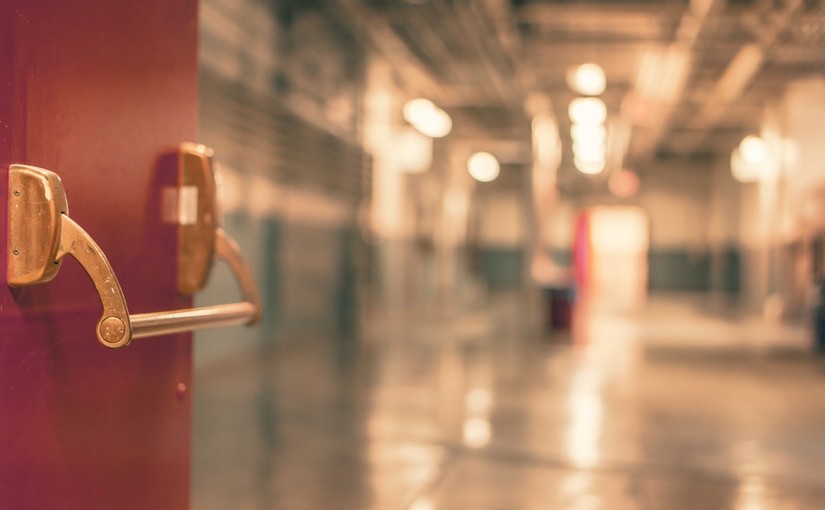According to DoSomething.org, a whopping 3.2 million students are bullied each year. Most teachers want to help, but we can’t always prevent bullying situations from occurring, but we can be prepared to handle bullying properly when it does take place.
Here are some tips to handle bullying situations involving your students:
Responding to Acts of Bullying:
- If you witness bullying taking place, act immediately and stay calm. If necessary, get a second adult to help.
- However, don’t call out other students to publicly state what they saw, and don’t question the students involved in front of other kids. Don’t force the students involved to make up on the spot.
- Instead, separate the students involved. Before anything else, check to make sure that they are all safe and uninjured. Don’t try to sort out the facts from the students on the spot, and don’t talk to the two students involved together.
- Address any medical or mental health needs, and get the police or medical professionals involved immediately if there was a weapon involved, any kind of hate-motivated violence such as racism or homophobia, or sexual abuse.
- Also involve the police if there were threats of violence or accusations of any kind of illegal act, such as a theft.
- As you deal with the students involved, model the kind of behavior you want students to emulate. Stay calm, and listen without blaming. Speak to each student involved, keeping the involved parties separate.
- Don’t call the act “bullying” while you are still collecting information about what happened.
- Whatever you do, don’t ignore the situation—bullying is not something students will work out on their own.
Dealing With a Student Who Was Bullied
- Assure the student it is not their fault. Focus on the student to understand what the situation is, and show them you want to help.
- Ask the student what would make them feel safe—but keep changes to their routine at minimal as possible, as the bullied student should not be singled out or penalized for being a victim. Work with schools, parents, and other relevant organizations to create a plan to ensure the student’s safety.
- Never tell a student to just ignore a bully, and don’t blame the student for being bullied.
- Children who are bullied sometimes struggle to talk about it, and may do better if referred to a mental health professional.
Dealing With a Bully
- When addressing a bully, be clear about what the problem behavior is—and that bullying will not be tolerated.
- Appropriate consequences for bullying behaviors focus on building empathy. For example, have the student lead a class discussion about how to be a good friend, or read a book about bullying.
- It can also be beneficial to involve the student in making amends with the student who was bullied. This can include writing a letter apologizing, or paying for any property damaged. And of course, adhere to any guidelines in your school district’s code of conduct.
- However, avoid using “zero tolerance” or “three strikes” approaches—witnesses to bullying tend to be less likely to report it if suspension or expulsion is the consequence.
- Group treatment and peer mediation don’t work, either. Bullies tend to encourage bad behaviors in each other in groups, while mediation is only appropriate for parties who share equal blame.
Working for Safer Schools
A teacher can’t always prevent a bullying situation from occurring, but how you respond to one can be the difference between ongoing harassment and a brief incident. When adults act quickly and consistently to bullying, students get the message that this behavior is not acceptable, and research shows that this significantly reduces bullying behavior over time.
And remember, be persistent. Bullying is not likely to stop immediately, but by being diligent and working together with others at the school, you can create a safe environment for all students.

Leave a Reply
You must be logged in to post a comment.